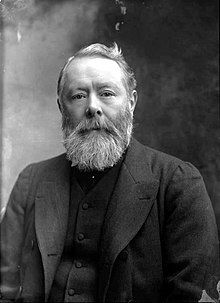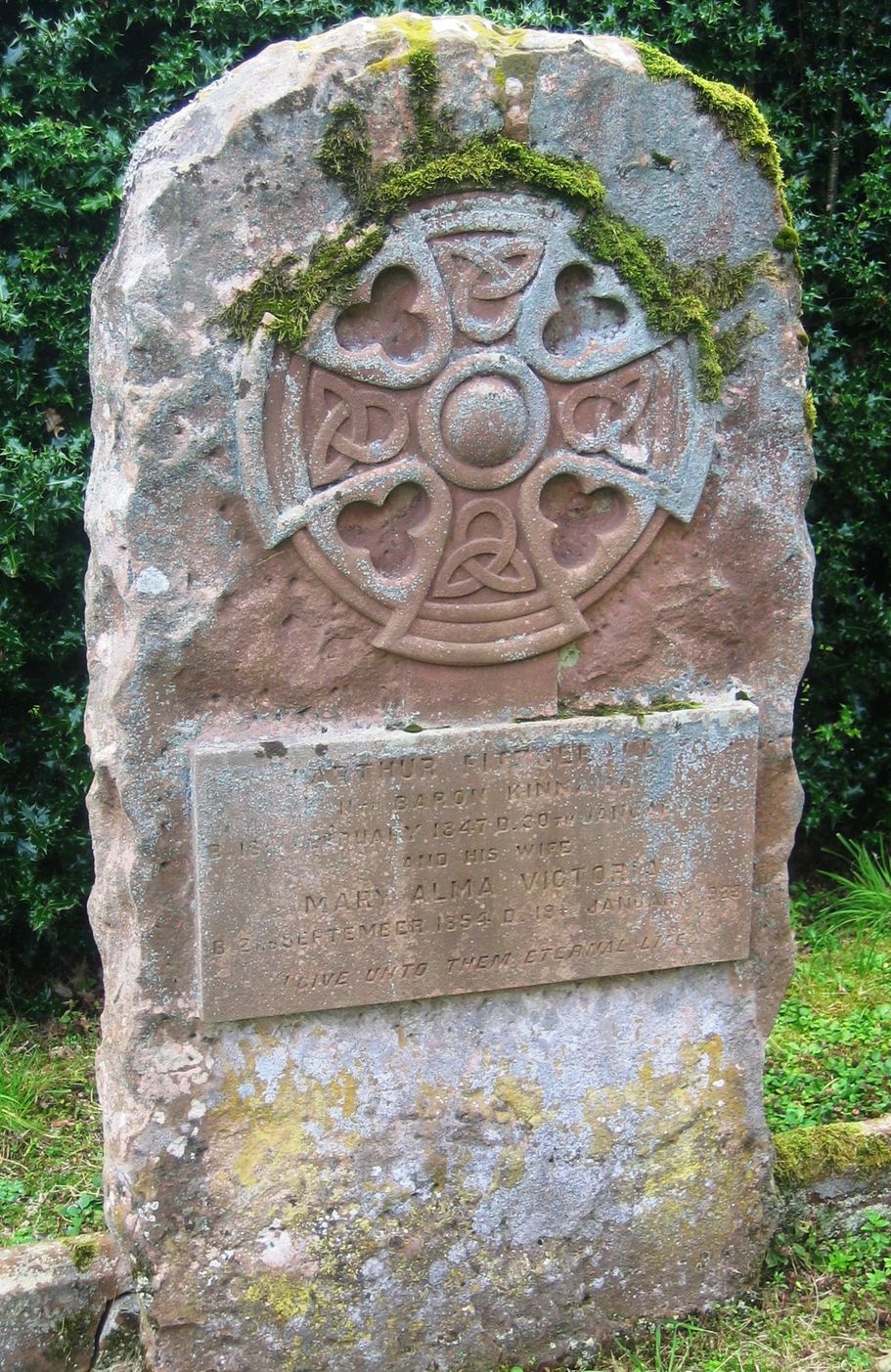Lord Arthur Kinnaird

By the time of his death, in 1923 and still in administrative harness, Lord Kinnaird had been involved with football for over sixty years; and for the best part of that time with the Association game. Indeed, as Chairman of the Football Association, the English FA, he was for over thirty of them the most powerful, if not the most progressive, figure in the sport world-wide.
Yet Arthur Fitzgerald Kinnaird was a Scot, albeit a Diasporan, one not only whose sole international recognition as a player had been for Scotland but also who chose to be buried at Rossie Priory, the family's Perth-shire estate.
Kinnaird had been born in London, in 1847, the son of a Scottish aristocratic family that had made and would make more money in banking in London. Its original company, Ransome & Co., would eventually from 1896 be consolidated into Barclays Bank, today's Barclays plc. At fourteen in 1861 he was sent to Eton and it was there he, having played a form of football at prep-school, first came in contact with its iteration of the game, transferring both his on- and off-field interest on leaving at eighteen to the Association version.
It had been formalised in 1863 with the foundation of the FA itself. Old Etonians F.C. itself in its first iteration had been formed in 1865 as Kinnaird left the school to go up to Cambridge. By 1866 he was playing for the alumni team in facing the equally public-school Wanderers, which would soon become his second club of choice. Then by 1868 he was already a member of the the FA Committee. Nine year later he became FA Treasurer and in 1890 President, taking over from Francis Marandin, another to be English-born but Scottish-buried, and before the turn of the century overseeing considerable adaption, indeed modernisation, of the game and its rules.
Both Marandin and Kinnaird achieved their administrative positions on the back of significant playing careers. In the latter's case it was as a quick, skilful but also formidably, robust opponent. They were characteristics that saw him face England just once, albeit in one of only two defeats in fifteen international seasons, but reach nine FA Cup Finals, the last in 1883 at the age of thirty-six, winning five.

But behind all the footballing and other public activity, both public and Presbyterian religious there was also a private-life. Kinnaird had wed in 1875; his wife Mary Alma Agnew, known as Alma. They had married in Leswalt by Stranraer, Lochnaw Castle being her family's seat, and together would have seven children, two girls and five boys. Of the latter one died as a baby and two more very sadly did not survive The Great War; soldiers' deaths that left a personal and perhaps a footballing mark. In terms of the latter, at the end of hostilities the FA, not without repercussion North of the Border, took a very hard line towards Germany, Austria and hence FIFA. As to the former, their second son was left to inherit, when in London his parents died both in January 1923, Alma on 19th at sixty-eight and Arthur at seventy-five on 30th, with each then carried north, together to be interred overlooking Inchture and the Tay.
Birth Locator:
1847 - 35, Hyde Park Gardens, Paddington, London
Residence Locations:
1851 - 35, Hyde Park Gardens, Paddington, London
1861 - 1 & 2, Pall Mall East, London
1861-65 - Eton College
1871 - 1 & 2, Pall Mall East, London
1876-85 - 50, South Audley St., London
1891 - N/A
1901-23 - 10, St. James's Sq., London
Death Locator:
1923 - 10, St. James's Sq., London
Grave Locator:
Rossie Priory, Inchture, Perthshire
Back to the Perthshire Trail
or the SFHG Home page